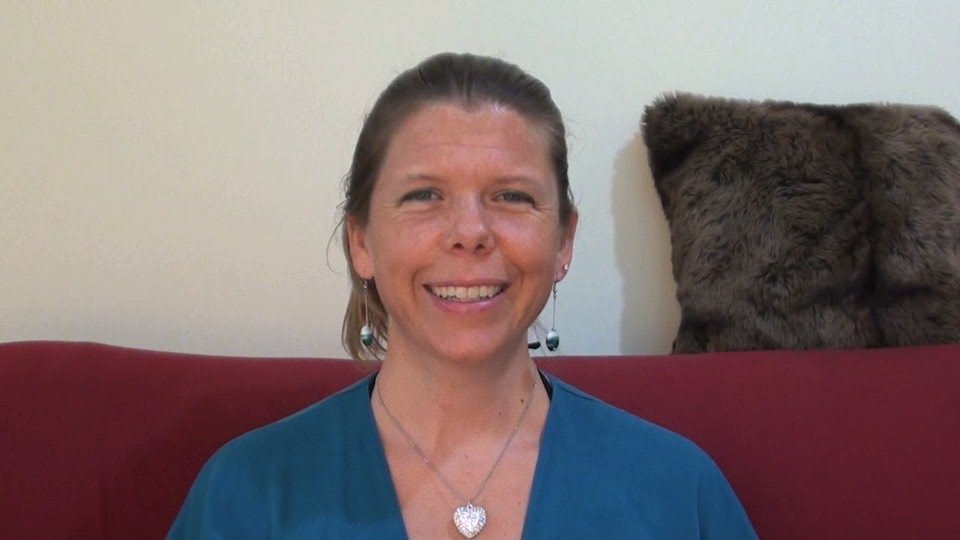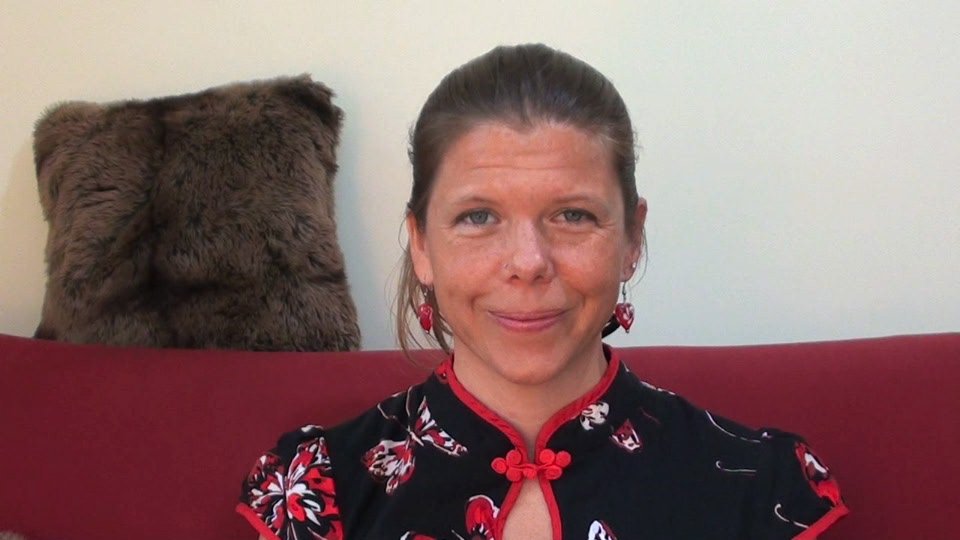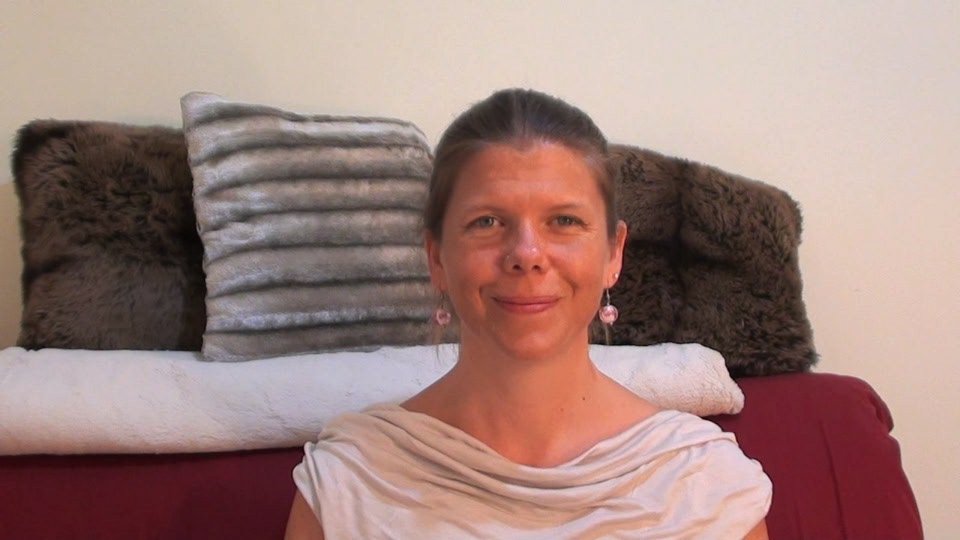Think of at least 3 solutions before deciding anything.
And take deep breaths, of course!
Think of at least 3 solutions before deciding anything.
And take deep breaths, of course!
Mortal fear shifts us into a neurological state commonly called ‘fight, flight or freeze’. The autonomic nervous system takes over in milliseconds making significant bio-chemical shifts (dumping out cortisol, adrenaline, changing systemic blood flows, etc.) one of which is preferring the hind brain for instant decision making… this mental speed comes at the cost of complexity as it’s largely binary. It’s as intelligent as yes/no or more likely run/fight. This is perfect if the danger is an incoming train or a burning house, but not great for complex social, economic or political decisions.
Continue reading

 {This article first appeared here, on CoSozo.com, Tues, 1 July 2014.}
{This article first appeared here, on CoSozo.com, Tues, 1 July 2014.}How do we change this pattern?
Here are three simple steps that I’ve used successfully for shifting many of my fear-based patterns.
Step 1: Pattern Recognition – What do you do when you’re in your pattern?
Identify one or two things that you do that signal you’re in your habit.
Your fear habits aren’t random. Generally, you react to specific events with specific words, actions, thoughts, emotions, and physical sensations.
The good news is that you only need to be able to recognize one or two of these things to be able to notice when the pattern is happening.
So, how do you recognize a pattern, especially an unconscious one?
First, imagine something that you react to with fear.
Do you have a hard time receiving things? Do you worry about things like food, weight, money, sex, or relationships? Do you push people away, shut your heart down or refuse to take chances? Do you get scared when you think you’re wrong or feel out of control?
Then, choose something light so that you can stay conscious of yourself, and start looking, listening, and/or feeling the pattern so that you can identify a few simple signals that tell you you’re doing it.
Finally, ask yourself some questions so that you can start identifying some signals. One or two of these questions will be easy to answer, and that’s all you need.
What thoughts or emotions do you have when you imagine this?
Many people have impatient, depressing, angry, or anxious thoughts or emotions. What are your thoughts or feelings?
What things do you say?
Many people will use indicative words like “should” or “never” or “can’t” or “won’t”, put themselves down or blame themselves or others. Listen to your internal dialogue as well as what you say to others. “I can’t believe I did that! I shouldn’t have done that! What an idiot!” are great indicators. What kinds of things do you say?
What things do you do with your body?
Many people will have habitual body movements like turning away their head or shoulder, clenching their jaw or hands, shallow breathing, or tunnel vision. What do you do?
Step 2 : Pattern Separation – Realizing that you are not your thoughts and feelings
Recognize that you and your patterns are separate things.
Now that you have a few signals that indicate your pattern, notice that your pattern is a set of mental, emotional, and physical “actions.”
You have thoughts and emotions like you have possessions. You have them like you have clothes. You can put them on and take them off. You can change them and no matter what you have on, you are still the same person underneath. You can think one thing, and then think something else, and no matter which of those thoughts you are thinking, you are the same person.
Likewise you are not the actions that you do. You can throw a ball up and then throw a ball down, and you are still you.
Why is this important?
Because this means that you can separate yourself from your thoughts, emotions, and actions by realizing that you are not them. You can realize that they are things that you are having and doing, and that you can choose to not have them or do them. You can choose something else.
This is crucial.
As soon as you realize that you have a choice, then you have a choice. As soon as you realize that what you have and do is not you, you have a choice about what you have and do. Or don’t have and don’t do.
This is the beauty and the challenge of changing a habit. You have the power. You have always had the power. Once you realize that you have the power then you can use it. You can consciously choose to say “yes” or “no” as you like. Changing your habit may still take a bit of time, and at this point it helps to make a strong commitment to change, to love yourself enough to say yes when you are used to saying no. Usually you’ll have to recommit, over and over, until the change is made. This takes patience and self-compassion, and a sense of humor helps a lot.
Step 3: Pattern Break – Making a new choice
Now that you can recognize when the pattern is happening, and realize that you’re separate from it – that it is a choice that you are making – you can begin to choose something else.
In the beginning, if the pattern is really strong, it may help to choose something very simple like focusing on your breath instead of focusing on your fear. Generally, the body is a great place to start because it places you firmly into something tangible.
When your pattern arises, you might just notice your breath moving in and out of your body or your feet on the ground, or where your elbows are, the quality of light that you can see in the room or the sounds you can hear. If one of your indicators is a habitual body position, like clenching your jaw or collapsing your chest, simply softening your jaw or lifting your shoulders is a great place to start.
You will find that all of this gets easier and easier as you do it, and as you build this new muscle, soon your choices will expand to clarity, creativity, excitement, joy, love, expansion, lightness. Enjoy your power to choose. Enjoy saying yes!
Elena offers quick and easy meditations at ToothbrushMeditations.com and welcomes your feedback to this article. Please share your experiences below.

 {This article first appeared here, on CoSozo.com Tues, 1 July 2014.}
{This article first appeared here, on CoSozo.com Tues, 1 July 2014.}Because we go into this mode so often, it can become a habit. We can begin making decisions in this limited state without even realizing it. We can find ourselves unconsciously saying “no” to things without even thinking about them. We might push people away, refuse growth opportunities, get angry or impatient, or feel blame or guilt when none of this is warranted.
Eventually, if we begin to notice that something is awry, and we decide to change this pattern, to break this fear-based habit of saying “no” to life, it’s helpful to understand the difference between acknowledging it, becoming fully conscious of it, and cultivating it, making it bigger, stronger, and more intense. Or as I like to say, noticing versus wallowing.
Acknowledging What’s Already There Isn’t Cultivating
One thing I’ve seen over and over, is that as we’re changing a habit and becoming more aware of it, there is a point where we start to wonder if in becoming conscious of it we’re actually making it worse. This is because as we become aware of it, we start to see how big it really is, and it seems like suddenly we have a big problem where there was none. When we weren’t noticing it, it was not there, and now that we’re noticing it, it’s huge. We wanted the pattern to go away, and now it’s bigger. We begin to wonder if it is the fault of the noticing.
Of course, the pattern was there all along, we just weren’t aware of the full extent of it. Now we are. Becoming aware isn’t the issue. The pattern is the issue, and that can feel daunting.
This is a point to be kind to ourselves, to be patient and to call up our courage and self-compassion. If we choose to go unconscious again we won’t be able to make any changes to our unconscious pattern. If we can stay conscious of it, we can do something about it. If we can be brave enough to face what is happening, to face our pattern, we can change it.
Choosing Patience versus Cultivating
The second place where we often get confused about the difference between acknowledging and cultivating is in how we respond to a pattern as it is happening. We can start by acknowledging the pattern as it is happening, noticing it in order to truly see it, and then start adding to the pattern by feeling bad about it. We shift to making it bigger, stronger, more intense. Now we’re cultivating it. Often we add guilt, shame, blame, anger, impatience, or contraction.
It works something like this:
I notice that I have a fear-based pattern of getting angry when I feel out of control. I don’t like this pattern, so I’m motivated to change it. So far so good.
Then, when I notice that the pattern is happening I get disgusted and say things to myself like, “I can’t believe I’m doing this! This is so stupid! Why is this happening to me?!” Now I’m adding to the pattern by layering on more fear-based thoughts and emotions.
Fortunately, as soon as I see myself saying things like this, I can make a new choice. I can realize that this is the fear talking, this is me continuing the pattern, and instead choose something else like being patient with myself knowing that changing a pattern takes time. With that kind thought, I’ve moved away from making the pattern bigger and back into acknowledging, into noticing what is happening.
Adding to the habit is somewhat inevitable in the beginning, and as long as we see that is what we’re doing, we can choose to notice that too, and patiently shift back to acknowledging. The trick is to realize that turning the fear onto yourself, thinking and feeling fearful things, is part of the pattern. Remember that you aren’t stupid, bad or wrong, terminally contracted, broken, or whatever your pattern throws at you. That is just the pattern talking. Make a firm decision to choose something else, and keep reaffirming that decision as often as the choice comes up.
You are perfect.
The next time that paper tiger is about to pounce, smile at yourself and know that you have the power to change any habit you have. You have the power to choose. Soon, with a little patience, courage, and self-compassion, you and that tiger will be prancing around together singing a resounding “YES”!
Elena offers quick and easy meditations at ToothbrushMeditations.com and welcomes your feedback to this article. Please share your experiences below.

Fear is a natural emotion and yet sometimes we have a hard time interacting with it in a healthy way. Unconscious, fear-based habits can be especially tough to break.
Here’s a simple method that helps me break fear patterns.
I’d love to know what you do to break your fear patterns.
Enjoy,
Elena


(video) How do we acknowledge fear with out cultivating more of it?



(video) Sometimes in the middle of turmoil it helps to remember that my thoughts and feelings are things. They are objects. That I am separate from them.
Elena
theJoyLab.net